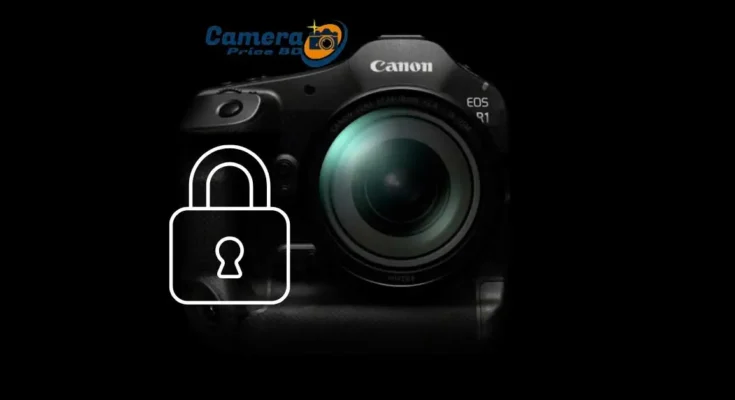Canon Introduces Password Protection to EOS R Cameras in Major Security Update
Canon is stepping up its cybersecurity game. Starting July 17, 2025, a new firmware update will introduce password protection features to ten models in the EOS R mirrorless camera lineup. While the feature is initially launching in Japan, it is expected to expand globally, especially in the European Union, where new cybersecurity regulations are driving this change.
Why Canon Is Introducing Password Protection
This move comes as part of compliance with the European Union’s Radio Equipment Directive (RED). The regulation mandates stricter cybersecurity controls on wireless devices, including cameras that can connect to networks via Wi-Fi, Bluetooth, or Ethernet.
Canon has responded by developing a firmware-based solution that allows users to set a PIN or password to prevent unauthorized access to sensitive network-related information like: IP addresses, MAC addresses, and other networking configurations.
Although it may seem like a small step, it’s a notable shift in how camera manufacturers are addressing data and privacy security concerns.
Which Canon Cameras Are Getting the Update?
Canon’s password protection feature is coming to the following ten EOS R series models:
– Canon EOS R1
– Canon EOS R3
– Canon EOS R5 Mark II
– Canon EOS R5
– Canon EOS R6 Mark II
– Canon EOS R7
– Canon EOS R8
– Canon EOS R10
– Canon EOS R50
– Canon EOS R50V
These include both high-end professional models and entry-level options, though the impact will likely be felt most by professionals like photojournalists and content creators working in sensitive or high-risk environments.
How the Password System Works
Once the firmware is installed, users will be prompted to enter a PIN during the initial setup. Every time the camera is restarted or powered on, the system may ask for the PIN—unless the user disables this prompt manually.
However, there’s a catch: If the PIN is forgotten, users can simply factory reset the camera, which wipes all settings, including the password. This makes the feature more of a network protection tool rather than a theft deterrent.
Canon allows users to manage, reset, or clear the password through the settings menu, but because of the reset workaround, this function won’t help much if your camera is physically stolen.
Theft Prevention Still a Concern
Unfortunately, this update does not serve as a theft prevention measure, which many in the photography community have been demanding for years. Several high-profile incidents—such as gear thefts involving YouTubers, journalists, and professional photographers—highlight the urgent need for real security features that could make stolen cameras unusable.
While this firmware is a step forward in protecting digital privacy and network integrity, photographers still lack a robust anti-theft solution.
Also Read: Canon May Unveil EOS R6 Mark III & R7 Mark II Together in Late August 2025
Global Rollout Expected Soon
As of now, Canon has only announced the firmware update in Japan. However, since the development was driven by European regulations, the update is expected to roll out in Europe soon, followed by North America and other markets.
Users are encouraged to check Canon’s official websites and firmware update pages starting July 17, 2025, to see when the new security feature becomes available for download in their region.
Canon’s latest firmware update shows how cybersecurity regulations are reshaping the camera industry. While the new password protection system won’t stop thieves, it does offer better protection for photographers concerned about network safety and data integrity—especially those working in journalism or high-stakes environments.
Still, the demand for stronger anti-theft features remains. This update may be the beginning of broader security upgrades across the camera industry.




